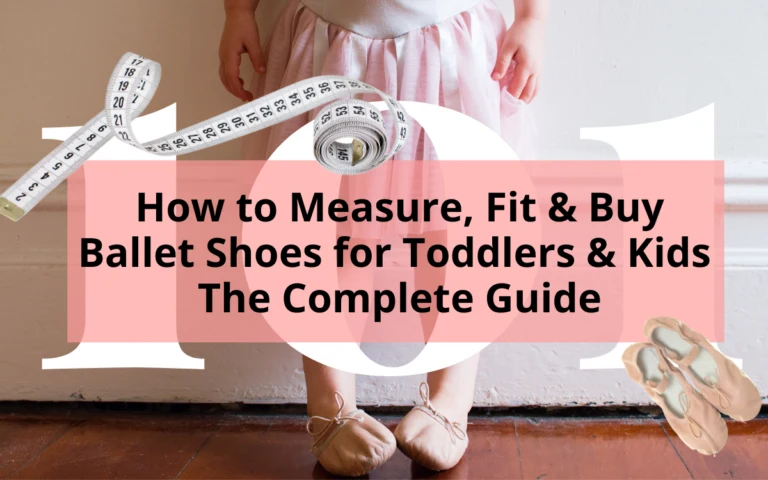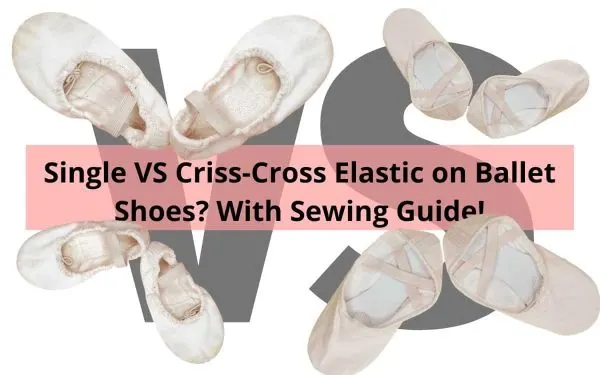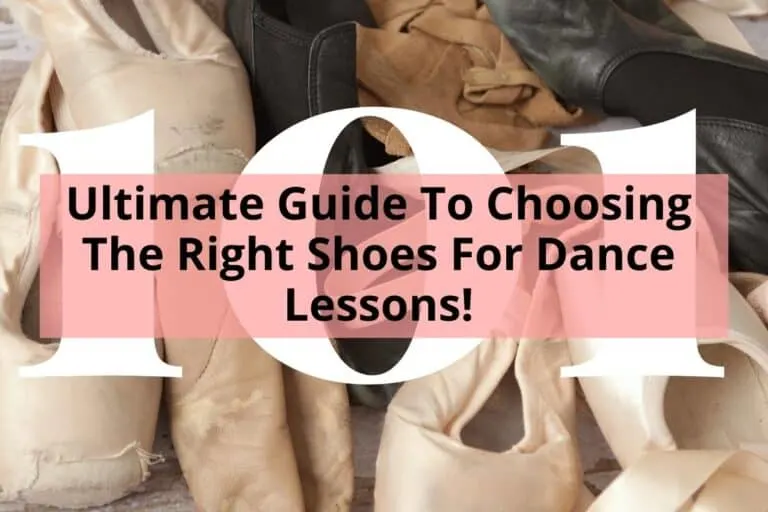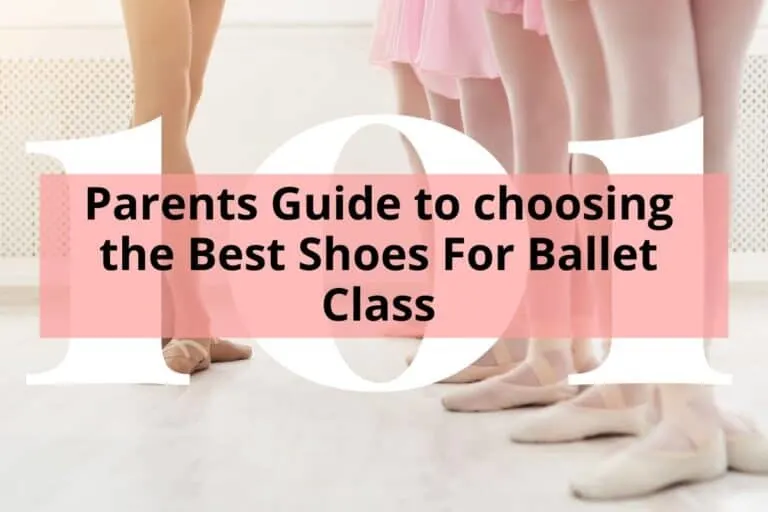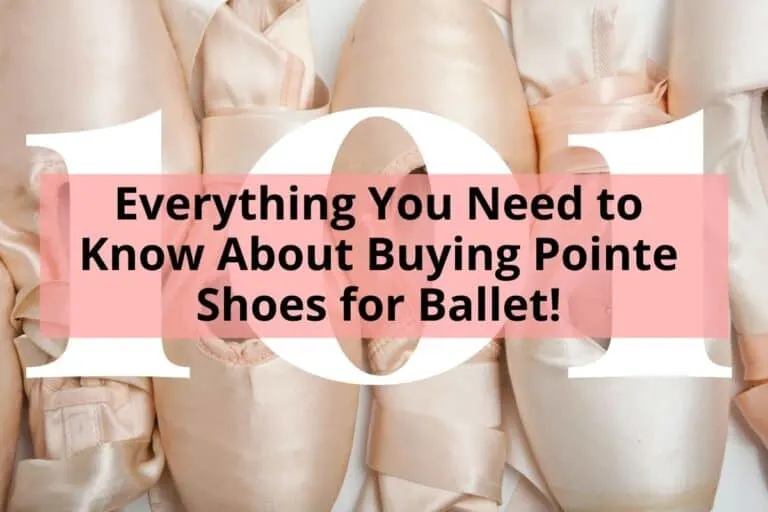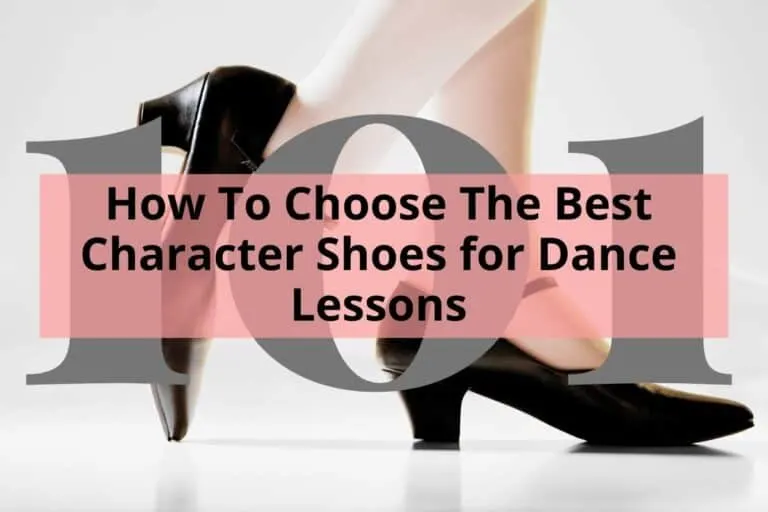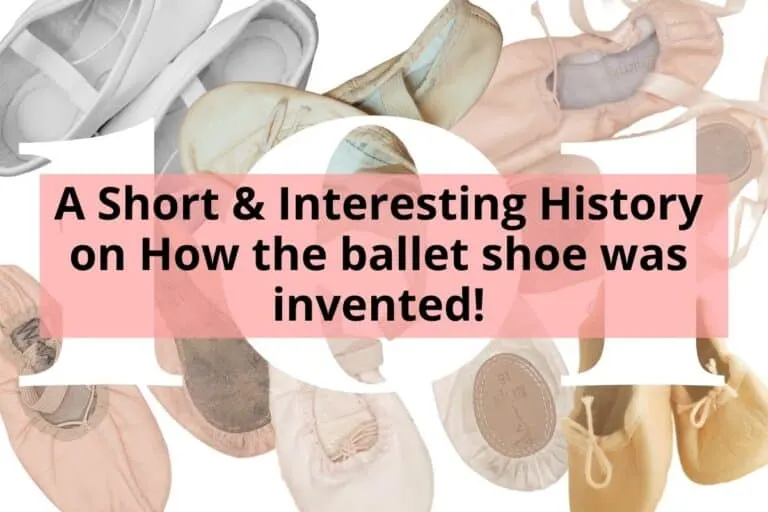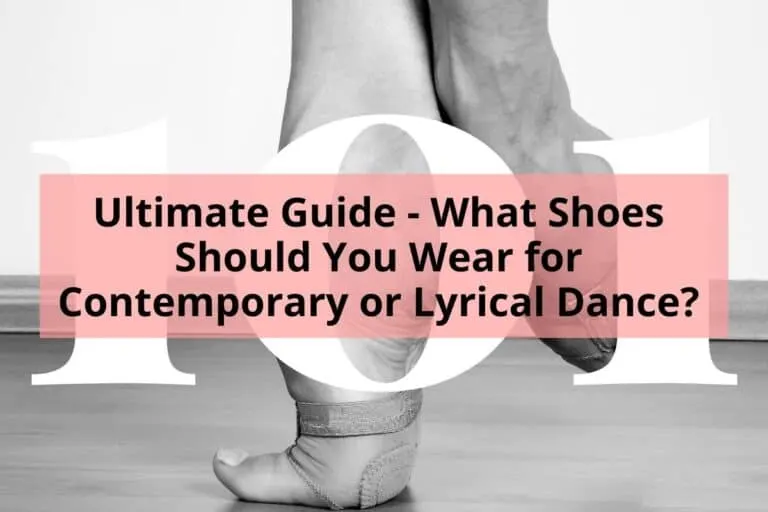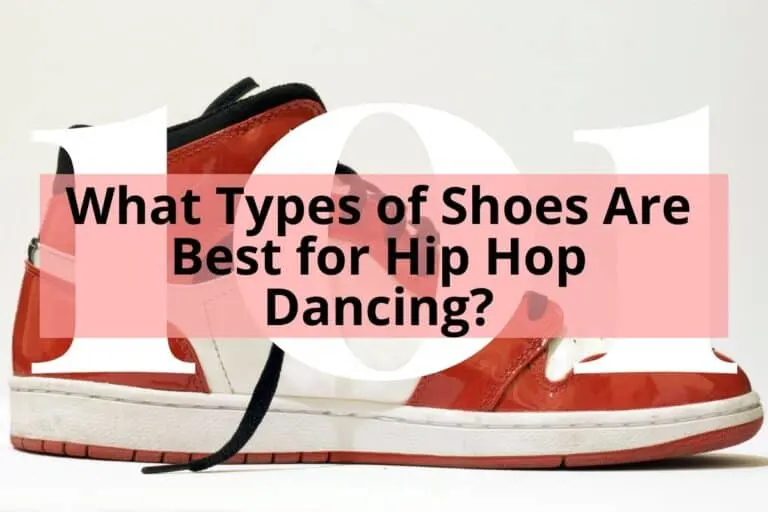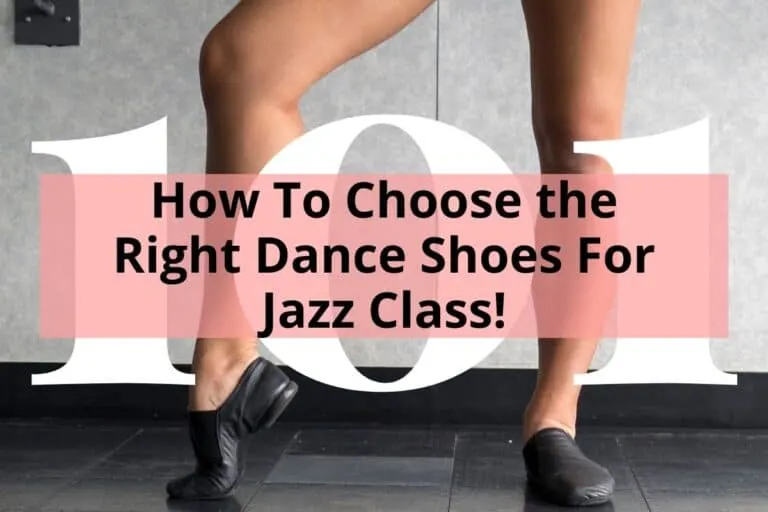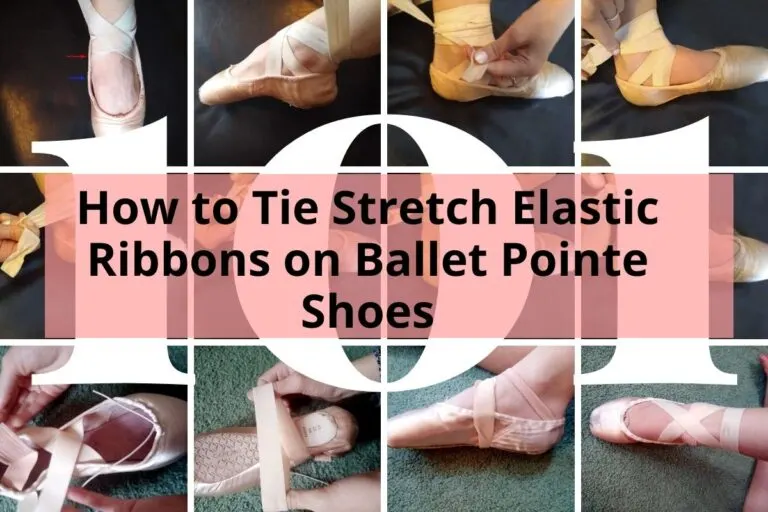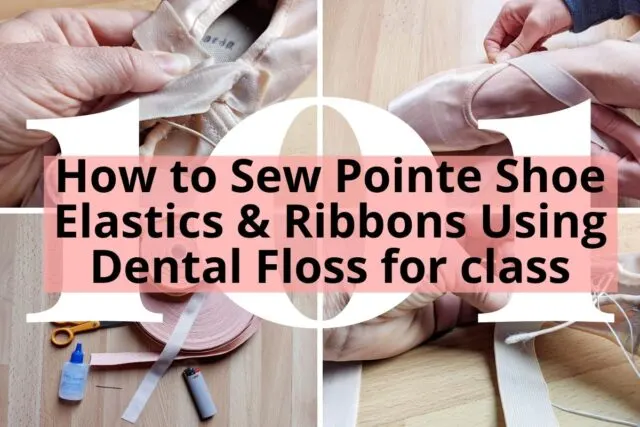In the ballet world, nothing is more desirable than getting your first pair of real pointe shoes.
But, young dancers must work their way up to dancing en pointe, strengthening their muscles and preparing their bodies for pointe work which is where demi pointe shoes come in.
Although they are less popular these days, demi pointe shoes are a stepping stone between flat ballet shoes and hard pointe shoes, and can help bridge the gap in those formative years before going en pointe.
When choosing demi pointe shoes, you need to look for a snug fit, a full leather outsole, and a satin finish. Demi pointe shoes do not have a hard box like Pointe shoes.
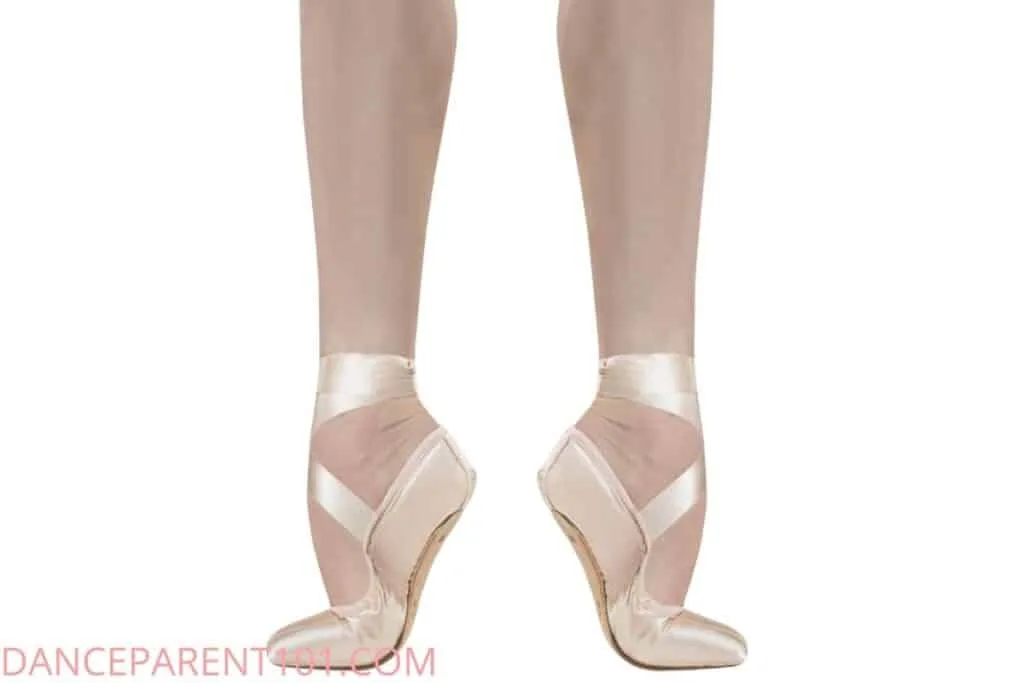
While demi pointe shoes have largely fallen out of regular use, especially in the US, they are still used elsewhere in the world and are useful for some dancers.
If you’ve been thinking about purchasing a pair of demi pointe shoes, read on to find out the details of selecting the right pair for your dancer!
What Are Demi Pointe Shoes Used For?
Demi pointe shoes are a training tool for dancers who are nearing the age and level to go en pointe.
Similar to a full sole ballet shoe, they have a full leather outsole which makes the muscles of the foot work harder to articulate in ballet steps.
Strong intrinsic foot muscles are necessary to proper ballet and pointe technique, and one way to achieve this strength is through adding resistance from a full sole.
What is the difference between Pointe Shoes and Demi Pointe shoes?
Demi pointe shoes have a shaped box, but not a hard box like a pointe shoe, so while the front of a demi pointe shoe looks sturdy, it is not.
The shape is simply there to mimic the feeling of a hard shoe so young dancers can get used to the rigidity of a pointe shoe.
There is also no internal shank in a demi pointe shoe, which is the “spine” of the shoe that supports a dancer’s weight on pointe.
The Pros and Cons of Demi Pointe Shoes
Lisa Howell a physiotherapist who created The Ballet Blog, believes that demi pointe shoes can be helpful for pre-pointe development and writes on her website, but only once a dancer has mastered consistent correct articulation of the foot otherwise wearing demi pointe shoes can lead to all types of issues in the future!
She writes that this can be overcome by barefoot observation by both the teacher and dancer so any misplacement can be rectified and worked on.
| Pros of Demi Pointe Shoes | Cons of Demi Pointe Shoes |
|---|---|
| Strengthens and prepares dancers’ feet and ankles for pointe work through the similar resistance of the shoe during barre work such as tendu and relevés | Similar results can be obtained using other methods of training without demi pointe shoes. |
| Helps dancers get used to the restrictiveness of the box shape around the toes in preparation for pointe work. | If a dancer is not correctly articulating the muscles in their forefoot, the resistance of the shoe will mean they are building the incorrect muscles of the foot for pointe work. |
| Can help dancers who are not quite ready for pointe, feel as though they are progressing towards pointe shoes. | Doing pirouettes in demi pointe shoes can be difficult (you are meant to do pirouettes en pointe in pointe shoes, not en relevé) |
| Allows teachers and students to clearly see if the dancer has the strength in their feet and ankles to break through the resistance in the demi-pointe shoes, for future pointe work. | Some only use demi pointe shoes specifically for barre work as center work can be difficult to do en relevé in demi pointe shoes if it is meant to be completed en pointe, so you need to change shoes. |
| The cost – They are another shoe you need to buy and pay for. |
How Should Demi Pointe Shoes Fit?
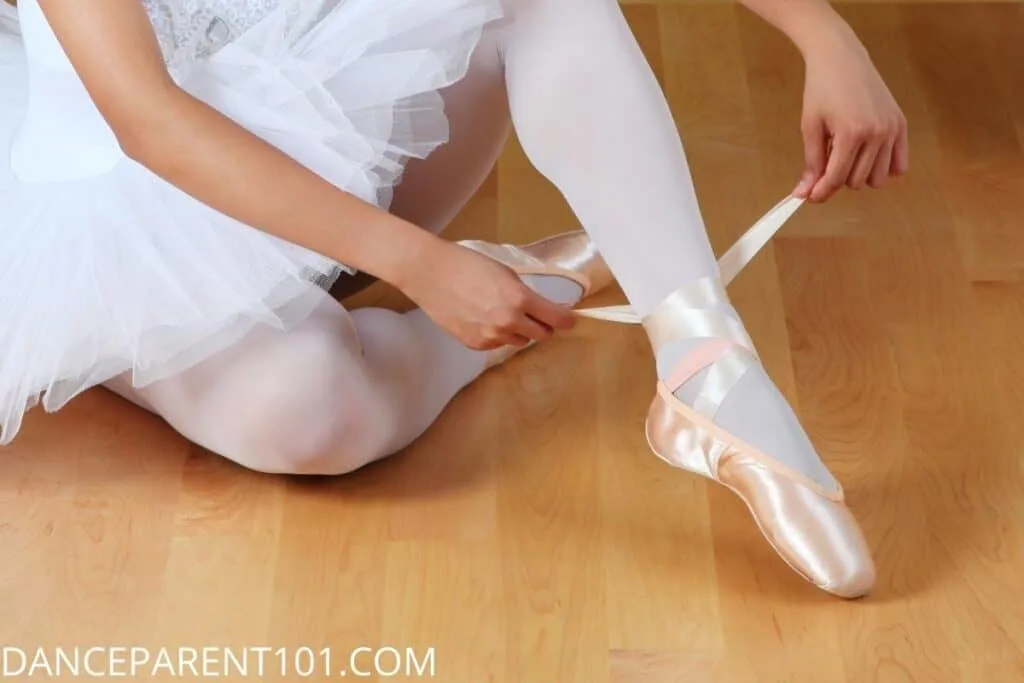
Demi pointe shoes should fit just like a soft ballet shoe – snug like a sock, with no extra room. All ten toes should lie flat on the floor without crunching or overlapping.
What Is The Best Brand of Demi Pointe Shoes?
While there is no “best” brand of demi pointe shoes, there are many reputable brands to choose from.
Brands like Bloch, Capezio,and Energetiks all make at least one style of demi pointe shoe, however not all are available in the US.
You will more likely find a variety of styles and sizes in countries like the UK and Australia where they are more popular.
Do not purchase demi pointe shoes from bargain brands or department stores, as they will not have the same quality construction as a dance brand demi pointe shoe.
Can You Go En Pointe in a Demi Pointe Shoe?
No, you cannot go en pointe in a demi pointe shoe.
Demi pointe shoes are not constructed for actual pointe work, they are a transition shoe that some teachers encourage their students to wear whilst training towards getting their first pair of pointe shoes.
Do you need to wear Toe Pads with Demi Pointe Shoes?
No, you do not need to wear toe pads with demi pointe shoes.
Toe pads create cushioning for your toes when going en pointe which you do not do in your demi pointe shoes.
You do not need ‘to get used to toe pads’ by wearing them in your demi pointe shoes.
As you are dancing and sustaining moment en relevé (on rise) rather than en pointe the toe pad under the ball of your feet can make it harder to find your balance.
However, just like pointe shoes, the box of a demi pointe shoe may be uncomfortable when you first begin wearing demi-pointe shoes and so toe pads may make them more bearable until you have broken them in making them softer and molded to your foot after wearing them for a while.
Are Demi Pointe Shoes called anything else?
Yes, Demi Pointe shoes are sometimes called soft block shoes or pre pointe shoes.
The reason they are generally called Demi Pointe shoes is because you can only safely rise onto relevé or the balls of your feet when you have them on.
Do you need to be fitted for Demi Pointe Shoes?
Just like all dance shoes, getting fitted for your first pair of demi pointe shoes is essential for getting the best fit for your foot.
Demi Pointe shoes are made by different manufacturers and each one designs their shoes differently, therefore going into a store will give you the opportunity to not only get the size for the length of your foot but also for the width of the various areas of your foot such as your toes or heel.
When should you get Demi Pointe Shoes?
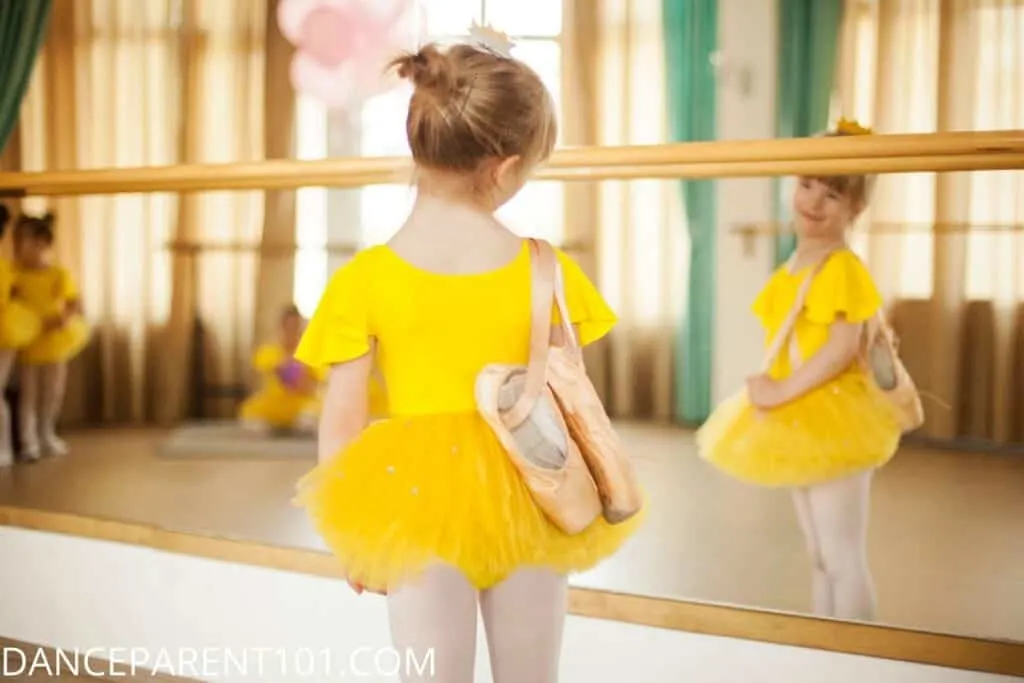
The perfect time to get Demi Pointe shoes is when you begin your pre-training for pointe shoes.
This usually means when you begin to take on extra classes on top of your regular ballet lessons that are meant to increase your strength and get your ankle and feet muscles ready for pointe work.
As much as they might want to demi pointe shoes are not meant to be worn by young dancers.
How Long do Demi Pointe shoes last?
Unlike pointe shoes which professional dancers replace after one wear, a dancer may only ever need to buy one pair of demi pointe shoes.
As you do not use them to go en pointe, they should last the same amount of time as you have experienced with your previous ballet shoes.
Just like with ballet shoes, demi pointe shoes would need to be replaced if you outgrew them or if they started to develop holes or tears around the toe areas of the shoe through wear and tear.
Most dancers find that by the time this happens they are ready to transition to pointe shoes and so no longer need demi pointe shoes and opt to wear regular ballet shoes when pointe is not required.
But…..Are Demi Pointe Shoes Necessary?
Many teachers feel demi pointe shoes are not necessary to use on a dancer’s journey as a transition from soft ballet slippers into pointe shoes, others believe they are an important step in the transition to pointe shoes.
The Arguments Against Using Demi Pointe Shoes
They believe the same strength gained from using demi pointe shoes in class can be gained by working the muscles of the feet barefoot, through Theraband exercises, and mindfulness of technique in class.
Pointe Magazine details some excellent foot strengthening exercises here or you can check out Lisa Howell’s Youtube channel where she has videos of exercises for strengthening the feet such as this one here.
The Arguments For Using Demi Pointe Shoes
Others however believe that because the box of a demi-pointe shoes restrict your toes from being able to spread out to help balance én relevé (when rising to the ball of the foot) as does the box of an actual pointe shoe, it teaches students to center their balance more efficiently for pointe work.
They also feel that as the shoes create more resistance when pointing the foot in for example a téndu and going into a relevé or rise that this builds a dancers strength and awareness in using and going through the whole foot to
Demi pointe shoes are useful to help teach dancers how to sew ribbons and elastics onto the shoes, and certainly can make dancers feel special – a satin shoe is much prettier than a canvas or leather shoe!
However, they are not necessary to achieve proficiency for pointe work.
What others are saying about Demi Pointe Shoes…
Demi Pointe shoes are not that popular in the USA and so if you need more information on them here are two videos one made by Natalia Danza a ballet dancer in the UK who uses demi-pointe shoes and the other by Josephine Lee from The Pointe Shop in the US.
In both videos they discuss why they like using demi pointe shoes to help with pointe work.
So should you buy Demi Pointe Shoes?
Demi pointe shoes can serve as a training tool for a young dancer looking to get the feel of working in pointe shoes, without the danger of wearing pointe shoes too early.
If your dancer is interested in demi pointe shoes, be sure to find a reputable dancewear store so that a proper fitting can be done.
Happy dancing!
Lesley Mealor


